Chef's Talk
Chef Pantid Jindaj (Eat)
 Chef Pantid Jindaj (Eat) is the Executive chef at Semi Di Tsubu, a progressive Japanese kitchen with Italian influence restaurant at Surin Beach, Phuket.
Chef Pantid Jindaj (Eat) is the Executive chef at Semi Di Tsubu, a progressive Japanese kitchen with Italian influence restaurant at Surin Beach, Phuket.
He started His career in Bangkok in 1996 before moving to Denmark to work at Kiin Kiin a Michelin Star Restaurant. At Kiin Kiin Chef Eat’s learned his craft from under Executive chef Henrik Yde-Anderson which allowed him to craft his passion and dedication of cooking styles and dishes.
After honing his skills at Kiin Kiin, chef Eat then took the position of Sous Chef at the acclaimed Vertigo too where his Japanese cuisine skills were starting to turn heads. Chef Eat then took the position as Chef De Cuisine at Jaras Intercontinental Hua Hin, where he wanted to rediscover his roots for local ingredients and cuisine.
As the Executive Chef at Semi Di Tsubu, Chef Eat is responsible for the craft and execution of bringing modern day progressive Japanese -Italian cuisine to Phuket.
Although proud of all the crafted dishes on the menu at Semi Di Tsubu, Chef Eat is proud of Thai Tajima Wagyu Tartar with pickled egg a signature dish which uses local ingredients which are Wagyu Beef, Tonkatsu Ramen with house made noodles and slow cooked dashi stock and Ravioli with wagyu, Shio miso butter, fermented wood ear mushrooms, spring onion and nori.
Was your decision to become a chef conscious or did you fall into it?
Since I was young, I was fascinated by my mother’s cooking. As a child I would help her prepare dishes for family dinners. As I got older my passion grew and I decided to become a chef.
What are some emerging food trends that you’re noticing?
Food trends are ever evolving but I think one of the food trend now is cross-culture cuisine and using local produce. I feel people like to know where your produce comes from and if its locally grown. Also, with new techniques and ingredients cross-culture cuisine has become even more popular.
What’s an emerging ingredient that you’re using a lot of these days?
I like to use flavoured oil and use it to make emulsification. I feel its important to create your own oils that signify your cooking techniques and style to make every dish unique.
How easy or difficult is it to find the right ingredients for Itameshi cuisine in Phuket?
As a cross-culture cuisine restaurant it’s important to source the best ingredients possible which includes raw items from overseas. We have some amazing importers of high-end quality goods from Italy and Japan which has made it possible to produce such amazing dishes.
What would you cook at home if you were just making a laid-back dinner?
As a Thai, I’m very proud of our food so mainly I cook my hometown food (Khao soi, a northern style curried noodle soup) as it brings back childhood memories with my family, but I also like to have a simple steak or make shabu for friends.
What’s the difference between being a Chef in Denmark and in Phuket?
I would say the biggest difference would be pressure. As a young man I was thrust into the demand and pressure of working in one of the best restaurants in Denmark where excellence is a must. In Europe you must be skilled in many areas whereas in Phuket we have chefs dedicated to each station.
Do you source as much local produce as possible for each restaurant and does this have a big impact on the menu?
I think it’s very important to use as much local ingredients as possible in your menu as it gives a distinct feel to each dish. From going to local markets or to farms we always try first what growths on our own doorstep.
Will any of the dishes you discovered recently be making their way onto your menus?
Yes, we are in the process of creating new dishes for the new season ahead. I think you should always evolve as things change so quickly now and people’s knowledge of food has become very high.
How often do you change at the menu at Semi Di Tsubu?
As seasons change so does available produce, we are always searching for something new and unique to Japanese – Italian cuisine. Approximately every 2 to 3 months we introduce new items to our ever-growing menu.
Do you serve vegetarian dishes?
Yes, we have vegetarian dishes in our menu from Truffle charred edamame, Burrata to robatayaki shiitake mushrooms. As the demand for vegetarian dishes is growing it’s important to have a balanced menu that covers all aspects and requirements from our customers.
What are your customers’ most frequently requested dish?
Our Thai Tajima Wagyu Ravioli in Shio butter is the most requested dish at Semi Di Tsubu followed by our signature Moji Tiramisu dessert.
What do you think the most important qualities are in a young chef?
Creativity, passion, drive and the willingness to learn.
What’s next for you (plans, dreams, …)?
To continue to grow Japanese – Italian cuisine in Thailand and to receive a Michelin star.
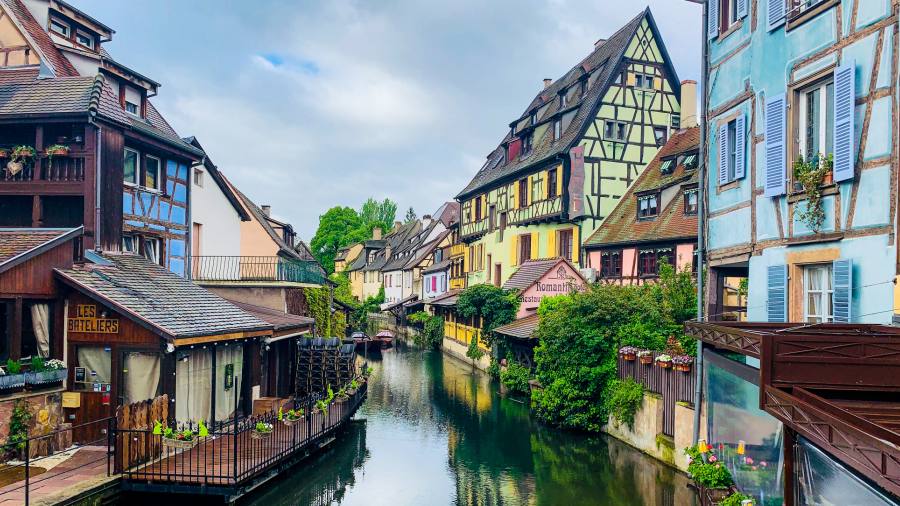



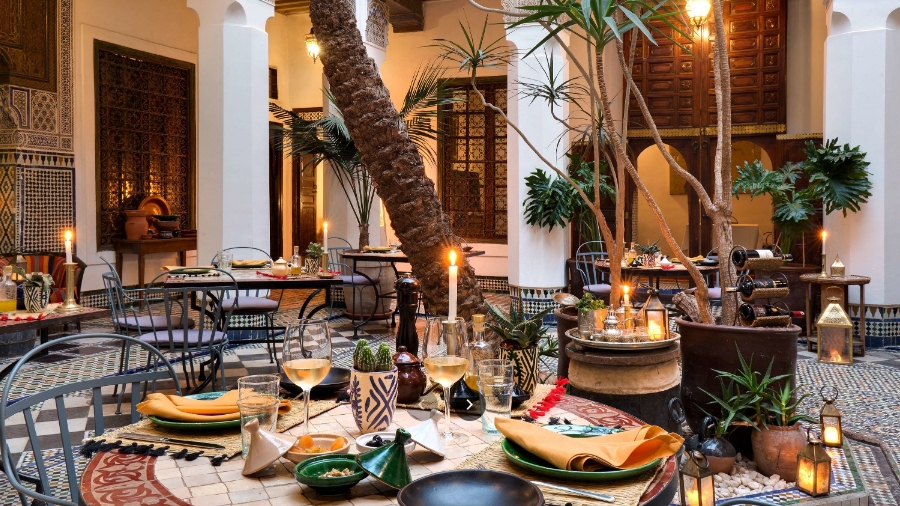



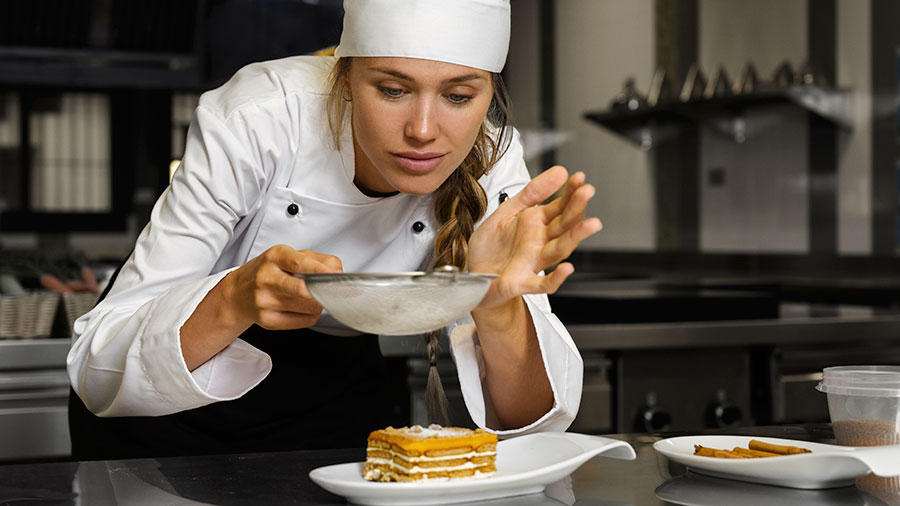
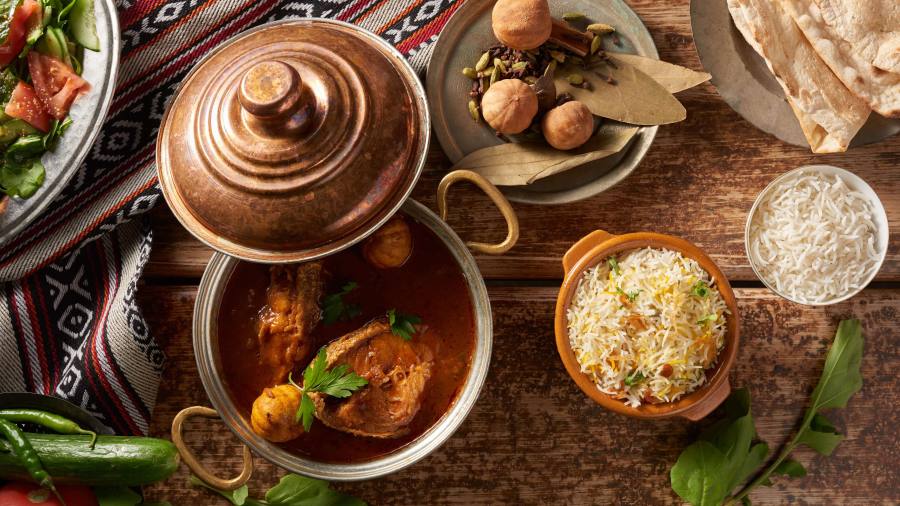

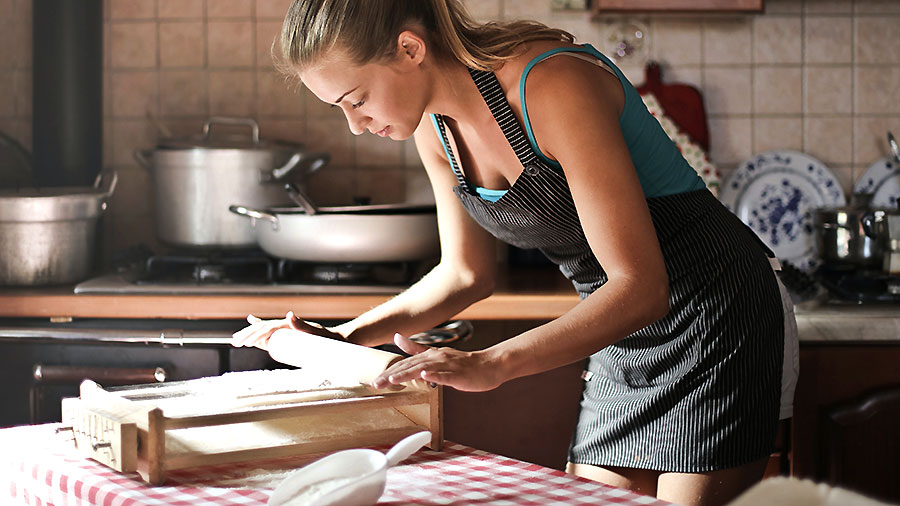
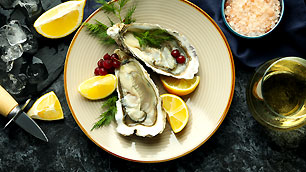 Must Try Foods
Must Try Foods
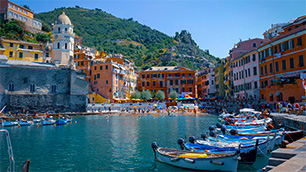 Gastronomy Cities
Gastronomy Cities
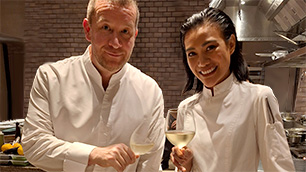 Chef's Talk
Chef's Talk